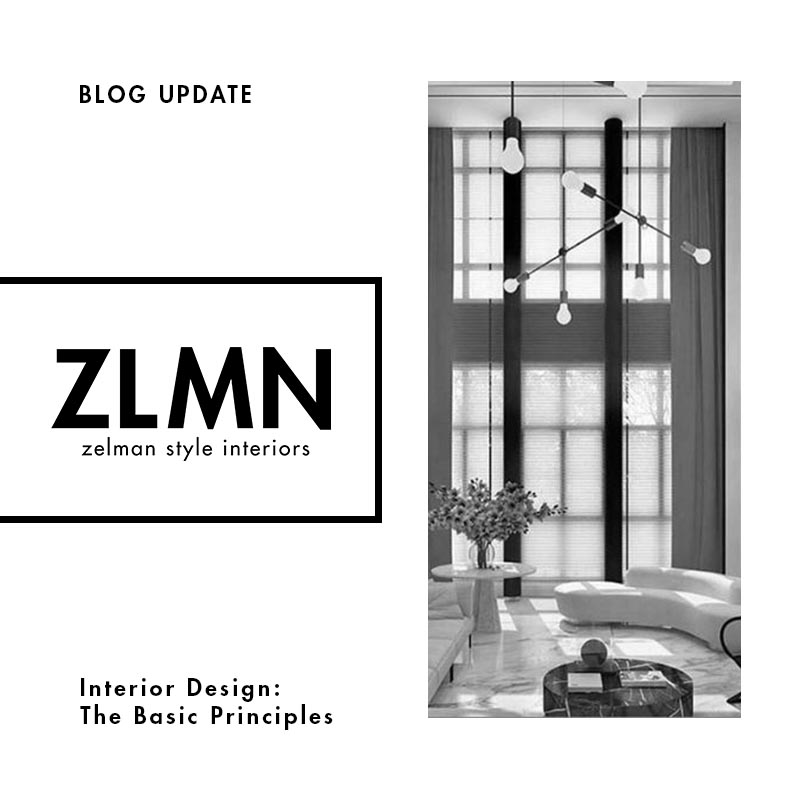
Interior Design: The Basic Principles
Even where there is creativity, there is often an underlying structure set in place. This holds true for the world of interior design. While it may seem odd to think that there are rules associated with such a creative and innovative industry, without certain guidelines, interior design would descend into chaos. The 6 basic principles of interior design help to maintain visual appeal while still leaving room for creativity.
Balance
Each shape, color, pattern, and texture within a room hold a certain amount of weight. Not necessarily a tangible weight, but a weight that can be determined visually. For a room to be visually appealing, it is important to find a balance for these features. There are three different kinds of balance:
Symmetrical (formal) Balance: This type of balance works by splitting the space in half and having the two sides mirror each other. For example, if you have two chairs on one side of a coffee table, you will need to place two chairs on the other side of the coffee table to balance it out.
Asymmetrical (informal) Balance: This type of balance pays more attention to the weight that an object appears to have, rather than focusing on duplication. For example, you can balance two chairs on one side of a coffee table by placing a sofa on the other side of the coffee table. Even though they are not the same objects, they hold the same visual weight and therefore will balance each other out.
Radial Balance: This type of balance is used the least, however, can be equally effective as the others. For radial balance, the idea is to have all the objects in the room radiate around a central focal point. A great example of this would be in a dining room with the focal point being the dining table and all the chairs being placed around it.
Proportion and Scale
While proportion refers to the difference in size between an object within a room and the room itself, scale refers to the difference in size between two different objects within the room. Both are important contributors to balance. Not everything within a space needs to be the same size. In fact, using the hierarchy of objects can create fun visual effects.
Rhythm
Creating rhythm within a room has to do with patterns and repetitions. This can be easily accomplished by using the same color or shape intermittently throughout a room. For example, if you have blue throw pillows, you should aim to feature that same blue in other places around the room such as in the wall art and the rug. This helps a person’s attention move easily around the room.
Emphasis
Emphasis on points of interest can help imply intention and draw a person’s eye to certain aspects within a room. Some spaces come with built-in points of interest such as a fireplace or window with a beautiful view. One easy way to highlight this type of features is to have pieces of furniture point toward it. You could also create emphasis using light, color, or directional lines.
Harmony
The concept of harmony is achieved when all the other basic principles are being observed. In short, harmony is when everything in a room seemingly goes together. Harmony within a room helps to instill a sense of peace and rest.
These basic interior design principles help create ideal spaces that are both functional and visually appealing. At Zelman Style Interiors, we can help design the perfect space you’ve been dreaming of. Contact us today to get started!
